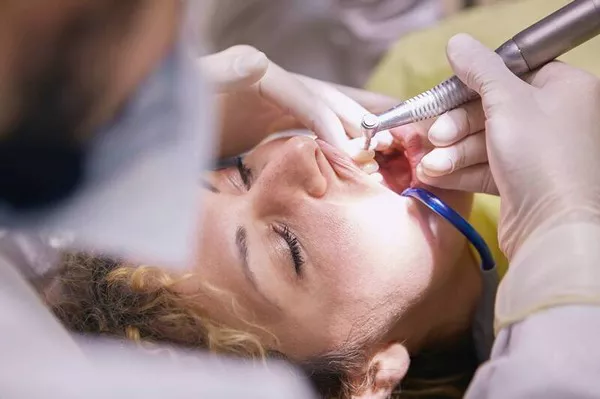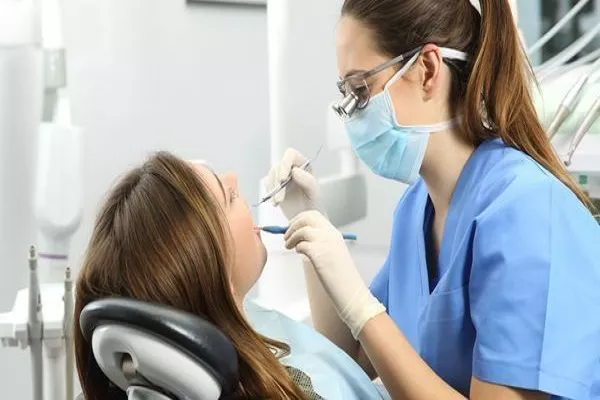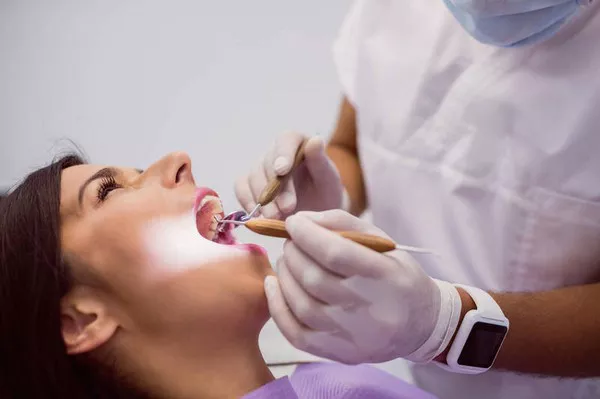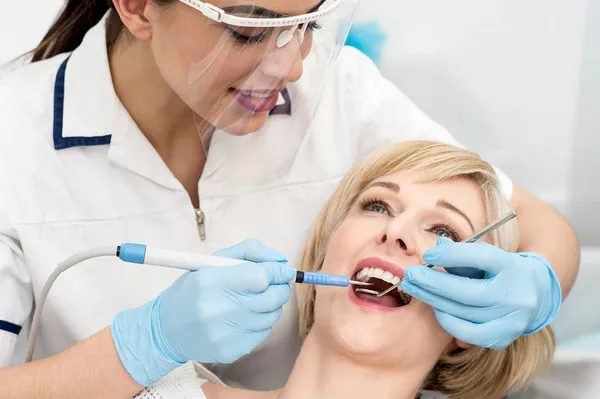Wisdom tooth extraction is a common dental procedure aimed at addressing various oral health issues. After the removal of these third molars, patients often wonder about the duration of the healing process. In this comprehensive article, we will explore the timeline of healing after wisdom tooth extraction, providing detailed insights into the stages of recovery, factors influencing healing, and tips for promoting optimal healing.
1. Immediate Post-Extraction Period: The First 24 Hours
The initial 24 hours after wisdom tooth extraction represent a critical phase in the healing process:
a. Formation of Blood Clot
Immediately after extraction, a blood clot forms in the empty socket. This clot is crucial for protecting the exposed bone and initiating the healing process.
b. Instructions for Care
Follow your dentist’s post-operative care instructions diligently during this period. This typically includes avoiding vigorous activities, refraining from hot foods, and using prescribed medications as directed.
2. 48 Hours to One Week: Managing Swelling and Discomfort
The first few days after extraction are characterized by swelling and potential discomfort:
a. Swelling Reduction Measures
Cold compresses applied to the external cheek area can help minimize swelling. Elevating the head while sleeping and maintaining a slightly elevated position during rest contribute to swelling reduction.
b. Pain Management
Continue to use prescribed or over-the-counter pain medications to manage discomfort. Follow recommended dosages and avoid aspirin, which can increase the risk of bleeding.
3. One Week to 10 Days: Soft Diet and Gentle Oral Care
As the initial swelling subsides, focus shifts to a soft diet and careful oral hygiene practices:
a. Soft Food Choices
During this period, opt for soft foods that are easy to chew and do not pose a risk of dislodging the blood clot. Foods like yogurt, mashed potatoes, and smoothies are ideal.
b. Introduction of Oral Rinses
Following your dentist’s guidance, you may begin using prescribed mouthwash or warm saltwater rinses to maintain oral hygiene. Be gentle to avoid disrupting the healing process.
4. 10 Days to Two Weeks: Monitoring Progress
Around the two-week mark, significant progress in healing is expected:
a. Reduced Swelling and Discomfort
Swelling and discomfort should continue to decrease during this period. If any persistent issues arise, it’s crucial to contact your dentist for further evaluation.
b. Scheduled Follow-Up Appointment
Attend any scheduled follow-up appointments with your dentist to monitor healing progress and address any concerns or questions you may have.
5. Two to Six Weeks: Tissue Healing and Residual Symptoms
Continued healing involves the closure of the extraction site and the resolution of any residual symptoms:
a. Tissue Closure
The soft tissues around the extraction site gradually close, and any residual discomfort should diminish. Complete tissue healing may take several weeks.
b. Gradual Resumption of Normal Diet
As healing progresses, you can gradually reintroduce a normal diet. However, continue to avoid hard or crunchy foods that may pose a risk of injury.
6. Six Weeks Onward: Full Healing and Follow-Up Care
Full healing after wisdom tooth extraction typically occurs over six weeks and beyond:
a. Confirmation of Healing
By this stage, the extraction site should be fully healed, and any lingering symptoms should be minimal. Follow your dentist’s guidance regarding the resumption of regular oral care practices.
b. Scheduled Follow-Up Visits
Attend any additional follow-up visits as recommended by your dentist. These visits allow your dentist to assess the complete healing of the extraction site and address any lingering concerns.
Factors Influencing Healing Time: Personal and Procedural Considerations
Several factors can influence the duration of healing after wisdom tooth extraction:
a. Number and Complexity of Extractions
Multiple extractions or more complex surgical procedures may extend the healing timeline. Your dentist will provide specific guidance based on the nature of the extraction.
b. Individual Health and Immune Response
Personal health and immune response vary among individuals. Factors such as overall health, pre-existing conditions, and lifestyle choices can impact healing.
c. Adherence to Post-Operative Care
Following your dentist’s post-operative care instructions diligently significantly contributes to a timely and successful healing process. Adherence to recommended practices is crucial.
Conclusion
In conclusion, the healing timeline after wisdom tooth extraction is a gradual process that involves distinct stages. From the initial formation of the blood clot to the complete closure of the extraction site, understanding the phases of recovery is essential for optimal post-operative care. Adhering to post-operative instructions, managing symptoms, and attending scheduled follow-up appointments contribute to a smooth healing process. While individual experiences may vary, the outlined timeline provides a general overview of what to expect after wisdom tooth extraction. If you have any concerns or experience unusual symptoms during the healing period, it’s crucial to contact your dentist promptly for guidance and evaluation. With proper care and attention, individuals can navigate the healing process with confidence, ensuring a successful recovery after wisdom tooth extraction.
What Not To Drink After Wisdom Teeth Removal
What Can I Eat 24 Hours After Wisdom Teeth Removal
How Long Does Swelling Last After Wisdom Tooth Extraction































